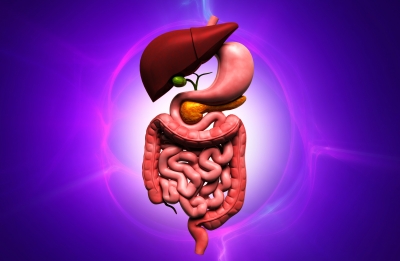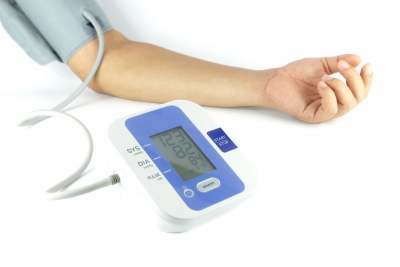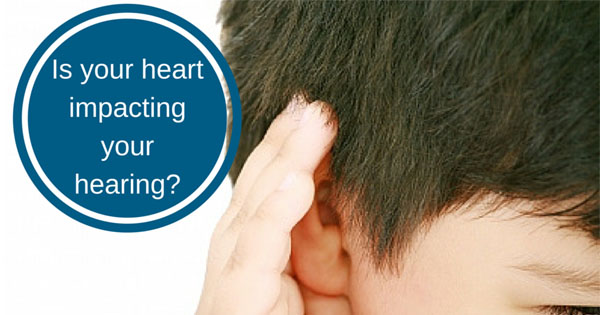7 Steps to Help Prevent a Heart Attack

Heart disease is the leading cause of death worldwide, equaling 17.3 million deaths annually. Approximately 635,000 Americans have their first heart attack each year with 2,150 Americans dying daily from heart disease and stroke. (Source: 2015 Heart Disease and Stroke Statistics Update)
Lowering your risk factors for heart disease will help you prevent a heart attack.
- Make healthy food choices. There are many ways you can adjust your diet to promote heart health. Control portion sizes to avoid excess calories, increase your intake of vitamin and nutrient rich fruits and vegetables, switch from processed grains to whole grains for increased fiber, eliminate trans fats, opt for lean proteins, and reduce sodium intake.
- Monitor your blood pressure. High blood pressure increases the development of atherosclerosis, which is the build-up of arterial plaque. This build-up causes narrow arteries, reducing blood flow to the heart leading to increased risk of an artery becoming fully blocked or blood clot formation. Blood pressure is known as the “silent killer”, meaning you usually don’t know you have high blood pressure. It is important to periodically monitor levels. If your average blood pressure is greater than 140/90 mm Hg, discuss with your doctor.
Heart Health: Demystifying Blood Pressure

Infographic courtesy of Arxan Technologies.
Can Probiotics Lower Cholesterol Levels?

Understanding gut bacteria and how they impact metabolism, heart disease, diabetes, and obesity may provide new treatment options.
Trillions of bacteria and other microbes live within our gut. This microbiome is necessary to neutralize by-products of digestion, decrease toxins and carcinogens, and inhibit the growth of unhealthy bacteria and yeast. The microbiome also aids in the absorption of nutrients, supports the digestive process, and produces vitamins B and K.
Research published in the journal Circulation Research found the microbiome may also play a role in body mass index (BMI) and blood lipid levels (i.e. HDL and triglycerides).
Continue reading
Are the health apps you use secure?
Think about the health apps you use. Are you sharing confidential information? If so, is your app secure?
Arxan Technologies completed their 5th annual State of Application Security report. This report takes an in-depth look into the security of some of the most popular mobile health applications.
They found a huge discrepancy between consumers’ beliefs regarding the level of security built into these health apps, and the degree to which developers of these apps actually address known application vulnerabilities.
For instance, out of the 19 FDA-approved apps included in the study, 84% were vulnerable to at least 2 of the OWASP Mobile Top 10 Risks.
Aggressively lower blood pressure to reduce heart disease risk 33%

One out of three U.S. adults, 33 percent, have high blood pressure. This equals around 70 million Americans.
About 65 percent over the age of 60 have high blood pressure.
High blood pressure increases your risk for heart disease and stroke. These are two leading causes of death in the U.S.
What is high blood pressure?
High blood pressure is defined as having a blood pressure at or above 140/90 mm Hg.
140 (top number) is your systolic reading.
90 (bottom number) is your diastolic reading.
Current guidelines for treating high blood pressure are to lower systolic blood pressure to below 140 mg Hg and below 130 mm Hg for adults with kidney disease or diabetes. The most commonly prescribed treatment is blood pressure medication, which can be effective, but includes potential side effects.
Would the benefits of lower blood pressure guidelines outweigh the cons associated with more aggressive treatment and higher medication dosage?
The Systolic Blood Pressure Intervention Trial (SPRINT) began in the fall of 2009, including 9300 participants 50 years of age or older. It is worth noting 28% of participants were over the age of 75. SPRINT is the first study to investigate the impact of maintaining a systolic blood pressure at a lower level than current guidelines and the impact on cardiovascular and kidney disease.
SPRINT investigators divided participants into two groups.
Did you know hearing loss can be connected to heart disease?
 Heart disease impacts blood flow to the inner ear, which can lead to hearing loss.
Heart disease impacts blood flow to the inner ear, which can lead to hearing loss.
EarQ, a nationwide network of values-driven, patient-focused, and forward-thinking independent hearing healthcare providers, provides patients greater access to life-changing hearing devices and services. EarQ shared information explaining the connection between hearing loss and heart disease below.
While you’re already monitoring your blood pressure and cholesterol level to protect yourself against heart disease, there’s one more risk factor you need to consider: your hearing.
Researchers have called the ears a “window to the heart” because audiogram patterns correlate with signs of heart issues by showing decreased blood flow to the cochlea, the structure within the inner ear that supports the auditory process.
As sounds travel through the cochlea, they’re converted into neural signals for your brain to process and understand. Over time, disruptions to that process can contribute to a variety of physical, emotional, and mental health concerns. Because hearing loss can occur gradually, the best way to monitor your hearing health is to receive an annual hearing screening.
Women have a special connection to both heart disease and hearing loss and can especially benefit from taking steps to improve their health. In addition to annual screenings, there is a more tasty way to lower your risk of heart disease and hearing loss. Studies have shown that women who eat two or more servings of fish a week have a decreased risk of developing hearing loss, as the omega-3 fatty acids support healthy blood flow throughout the body, including the cochlea.



